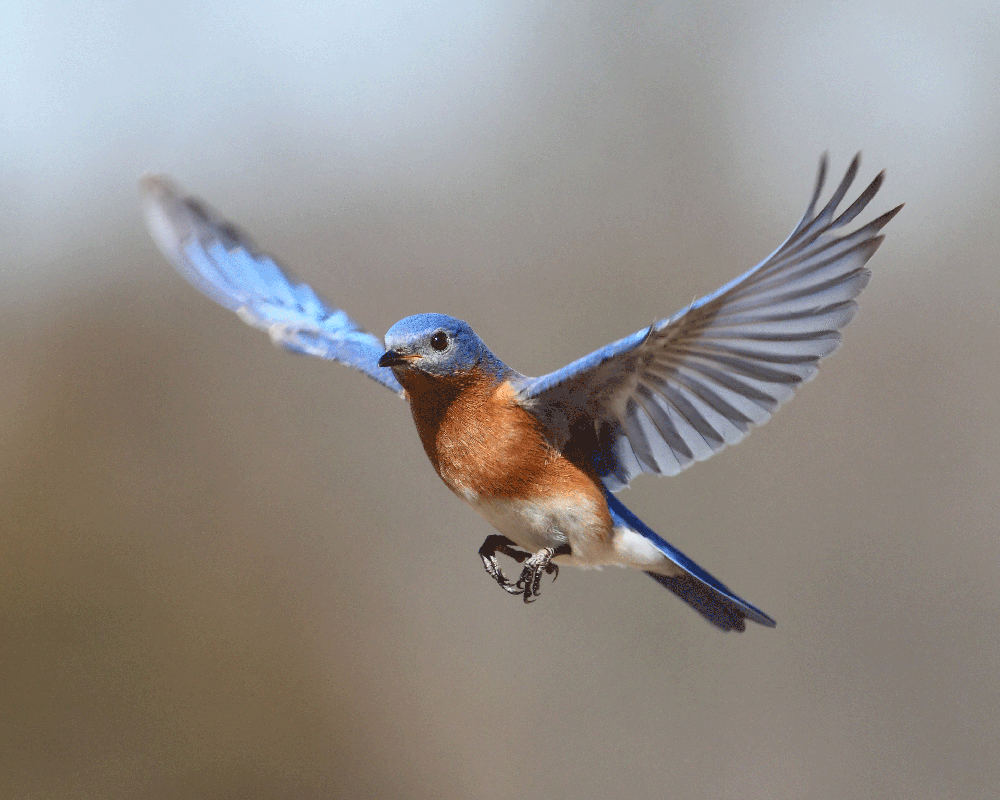

Birds: They’re just like us. Except their lungs are small in comparison to their body size (much smaller than ours, by this metric) and they have a set of air sacs, nine in total, that run down the sides of their bodies.
A newly described fossil found in China shows that birds evolved one of these notable features very, very early–while they were still dinosaurs, in fact. A team of researchers from China and South Africa just published a study detailing the presence of what they believe to be lung tissue in the fossil. This is the first time evidence of lungs has been found in an avian dinosaur fossil, and it may help explain why one group of avian dinosaurs—the Ornithumorpha, of which this fossil was a member—was able to survive the extinction event that killed the dinosaurs and continue to evolve into modern birds.
The finding “just reinforces the idea that this group was more highly evolved than other Cretaceous avian lineages,” writes paleontologist Jingmai O’Connor of the Chinese Academy of Sciences in an email to Popular Science. O’Connor and her team observed a “speckled white material” in the fossil, according to the paper, and by employing scanning electron microscopy (a specialized type of microscope), were able to study both the material and its location within the skeleton. They believe it’s evidence of lungs, part of the morphological sophistication that may have allowed one lineage of Ornithumorphs to survive the great extinction and evolve into birds.
Modern birds have “structurally the most complex, and functionally the most efficient” respiratory system among vertebrates, according to the paper, published in the Proceedings of the National Academy of Scientists. The system of lungs and air sacs means that birds are able to take in much more fresh, oxygenated air with each breath than we mammals can, since even a full breath in our lungs has “old” air that’s depleted of oxygen within it. Imagine birds as really good athletes with great lung capacity–which they are, since flying everywhere takes tons of energy and requires a high metabolism.
But back in the Cretaceous Period, the last one in the age of dinosaurs, there were lots of other kinds of avian dinosaurs. When the Archaeorhynchus spathula specimen documented in the new paper was alive in the Lower Cretaceous Period, it might have shared the skies over the fossil-rich Jiufotang Formation with whole groups of avian dinosaurs who didn’t make it, says Matthew Lamanna, assistant curator of vertebrate paleontology at Carnegie Mellon.

What precisely set the Ornithumorphs apart remains a mystery, says Lamanna, who was not involved in the current study. “Why that particular group survived is a very, very interesting question,” he says, “and one we don’t have a good answer for at this point.”
This new find suggests that maybe vascular efficiency is part of the answer. When he heard about the discovery, Lamanna says, “I was basically like, holy shit, fossilized lungs in a bird from 120 million years ago. That’s really, really cool.” The process of fossilization usually destroys soft tissue—but not always, and maybe not even quite as often as previously thought, he says. It may even be the case that some of the fossils currently held in museum and research collections have evidence of preserved soft tissue that could help explain how the dinosaurs lived in a way that bones cannot, he says. He believes this new paper, which was presented yesterday at the Society of Vertebrate Paleontology’s annual meeting, might help push curators to return to their existing collection with new questions.
“The way soft tissue preservation is changing the field of paleontology is really important,” says O’Connor. “It is revolutionizing how we interpret skeletal remains.” What paleontologists think based on just the skeleton is “more often than not wrong” when it comes to reconstructing organ systems, she says.
In the absence of soft tissue evidence, paleontologists have traditionally made guesses about organs based on fossilized bones and the dinosaurs’ closest modern descendants, the crocodilians and the birds. But there might be more soft tissue out there than the field currently knows—not just in new finds like this one from China. Occasionally, Lamanna says, paleontologists take a new look at old evidence and discover “that these structures were there all along.”
“If we are not looking, we most likely will not see it,” writes O’Connor. She also thinks that if paleontologists look closer, there is more soft tissue evidence to be found than previously believed.
